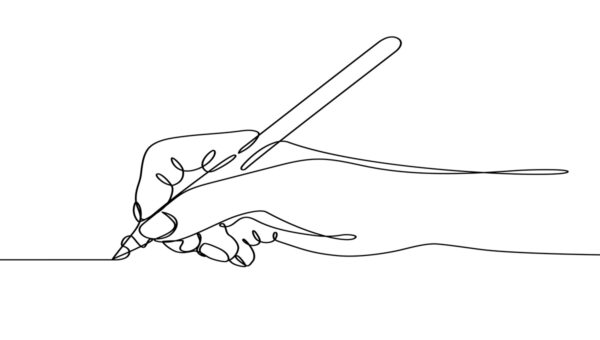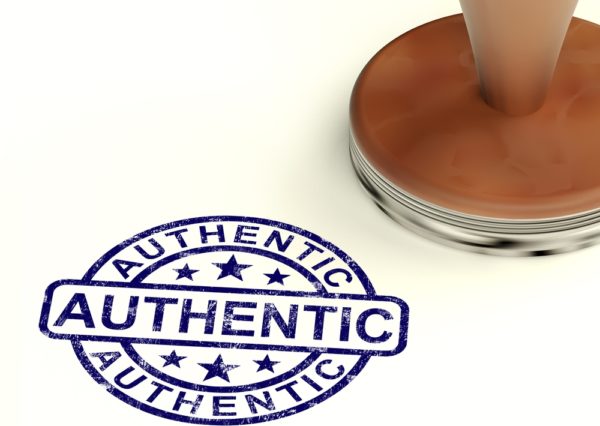In the nonprofit world we tend to embrace authenticity.
It’s assumed that if we’re authentic, and the fundraising we create is authentic, that we’ll attract more people to our cause. More money will be raised, and we’ll do more good.
But there are clear limits to this line of thinking.
Say you’re at an organization that has eighteen different programs. But your fundraising is most successful when it focuses on one particular program. Furthermore, that program has a holistic, whole-person approach to caring for people of all ages. But the fundraising clearly works best when it asks donors to “feed one child.”
In that scenario, any fundraising you create that focuses on “feeding a child” will feel wildly inauthentic to program staff and anyone who understands the depth and breadth of your work.
However, the fundraising you create that focuses on “feeding a child” serves your mission by helping donors understand a powerful part of your organization’s complex approach.
Think of a college professor. Can you imagine how an accomplished astrophysicist – tenured and with a long track record of publishing cutting-edge research – feels when teaching “Astronomy 101” to a bunch of college freshmen (some of whom are hung over)?
Do we think she feels “authentic” giving those lectures when she could be discussing the latest findings with her peers?
Probably not. She does it because it’s part of the job, and because it’s likely there are some future astrophysicists in her class. How will they get excited about the subject if she doesn’t show up in an engaging way? Furthermore, she can’t show up in class and talk to the freshmen like she talks to her peers. She makes the generous choice to speak to them in language they’ll understand.
Fundraising is the same. There are some donor communications we need to make – even if we don’t prefer them – because it’s part of the job.
And how will the future volunteers / donors / advocates get excited about our work if we don’t show up – speaking to them at their level – in an engaging way?
There’s nothing wrong with communicating authentically. The trap is when “communicating authentically” comes to mean “we talk about our work in one particular way that feels authentic to us.”
Nonprofits should make the generous choice to talk to different audiences in different ways: we should communicate about our work differently to institutional funders who are experts in our fields differently than we communicate to mass donors.
Our primary focus should not be on being authentic to ourselves, it should be on being relevant to the particular audience being communicated to.






